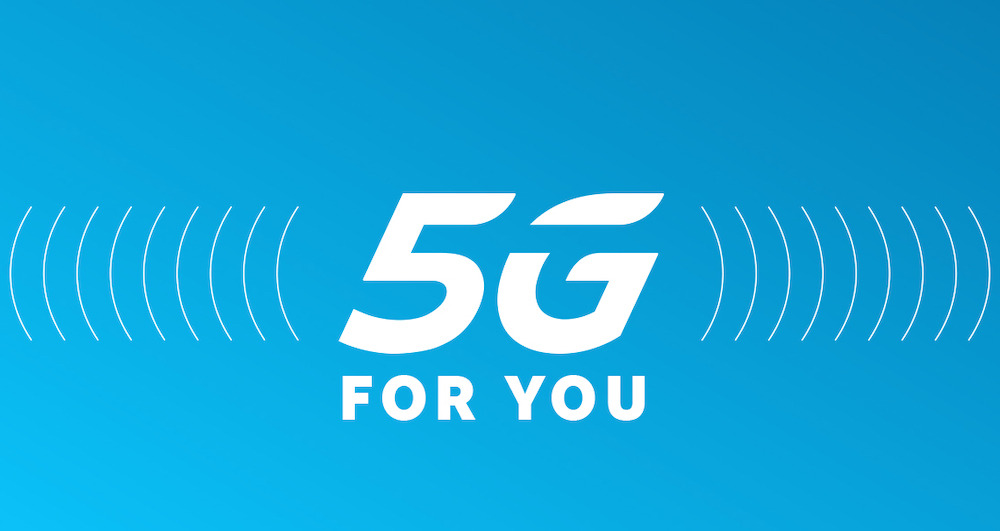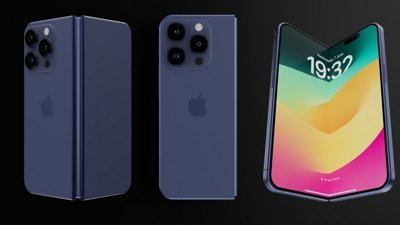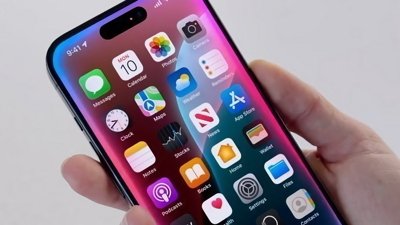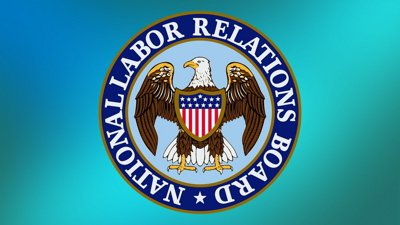AT&T has announced that its 5G wireless network is now available to consumers and businesses nationwide across the U.S. — but what aspects of the network are available depends on where you live.
In January 2019, the carrier first announced plans to roll out a nationwide, low-band 5G network by early 2020. Although the coronavirus pandemic pushed back the timeline, the carrier has continued to deploy 5G networks in various markets across the country.
On Thursday, AT&T says that the rollout has officially completed. Its 5G coverage is now available in 395 markets and covers 205 million people across the U.S.
The nationwide 5G is made up of a mix of technologies. Speedy mmWave 5G is available in about 35 markets, with the rest of the country blanketed in sub-6GHz "low-band" spectrum.
"With AT&T 5G reaching nationwide, our network is beginning the journey to transform connectivity as we know it by setting a new bar of breathtaking experiences and improved efficiency. Businesses, developers and consumers are already tapping into 5G's potential and we're thrilled for customers across the U.S. to experience it for themselves. It's an exciting time in technology," CEO Jeff McElfresh said.
The carrier's 5G network will become available in both the AT&T Unlimited Starter plan, starting at $35 a month, on August 7. The same day, AT&T is adding 5G access to its Unlimited Web-Only and Starter business plans. Prepaid customers will also be able to use 5G on both AT&T Prepaid and Cricket Wireless.
Apple is largely expected to release the first iPhones with 5G connectivity — the "iPhone 12" lineup — in the fall of 2020.
Markets with AT&T 5G service, with mmWave speeds
- Arizona: Phoenix
- California: Los Angeles, Menlo Park, Oakland, Redwood City, San Bruno, San Diego, San Francisco, San Jose, West Hollywood
- Florida: Jacksonville, Miami, Miami Gardens, Orlando
- Georgia: Atlanta
- Indiana: Indianapolis
- Kentucky: Louisville
- Louisiana: New Orleans
- Maryland: Baltimore, Ocean City
- Michigan: Detroit
- North Carolina: Charlotte, Raleigh
- Nevada: Las Vegas
- New York: New York City
- Ohio: Cleveland
- Oklahoma: Oklahoma City
- Pennsylvania: King of Prussia, Philadelphia
- Tennessee: Nashville
- Texas: Austin, Dallas, Houston, San Antonio, Waco
 Mike Peterson
Mike Peterson




-xl-m.jpg)



 Amber Neely
Amber Neely
 Andrew Orr
Andrew Orr
 William Gallagher
William Gallagher


 Christine McKee
Christine McKee
 Chip Loder
Chip Loder
 Thomas Sibilly
Thomas Sibilly








17 Comments
Has anyone seen actual tests comparing performance of the 4G vs 5G networks? mmWave gives you faster speeds if you happen to be within sight of an antenna, but the primary benefits of sub-6ghz 5G are supposedly lower latency and increased numbers of devices that can be connected. The benefits of lower latency depend not just on the cellular connection but on the entire network, so I’m not sure there will be any noticeable difference beyond the label switching from ‘5GE’ to ‘5G’
6mm will offer much better speeds, but as we all know will honestly be available in about 1% of the country. 6mm is basically wifi, if you aren't close to the base station you ain't getting it.
"Regular" 5G at the moment seems to be more of a backend update that will help carriers be able to load more customers on the same tower. So in congested areas it will help keep things running smoothly, but you won't really see too much of a speed update compared to an empty LTE tower.
Sadly prices will go almost certainly go up, but for anyone outside a congested area (or within 150' of a 6mm base station) the speeds will essentially be the same.
This isn't news. I've had AT&T 5G on my iPhone for maybe a couple years already, everywhere I've traveled.
/s
i also overheard (not read) that ATT will do away with service for older phones were that can't receive or makes calls anymore.
poor Raymond Reddington!